Nationality Swiss Role Chemist Name Kurt Wuthrich | Doctoral advisor Silvio Fallab Spouse Marianne Briner (m. 1963) | |
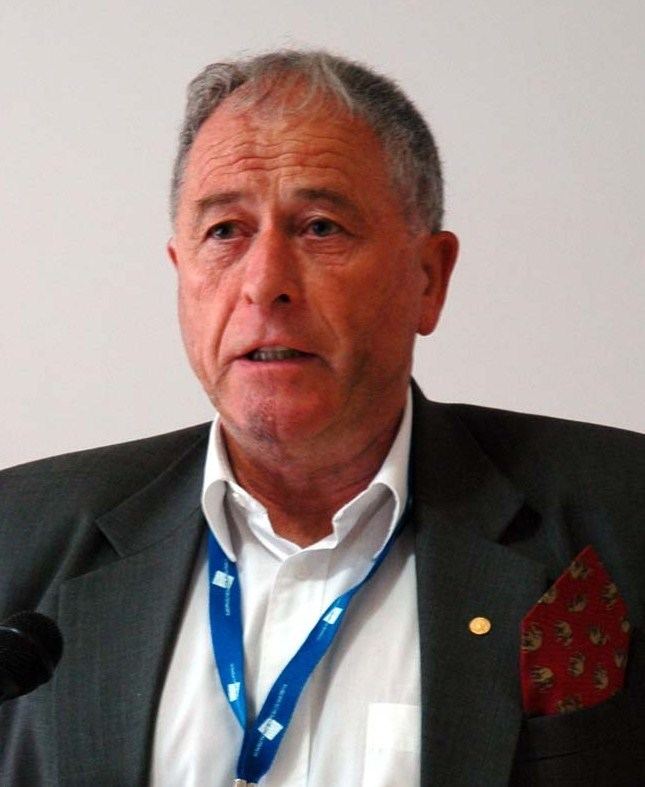 | ||
Fields ChemistryNuclear magnetic resonance Institutions ETH ZurichUniversity of California, BerkeleyScripps Institute Alma mater Universitat BernUniversitat Basel Children Karin Lynn Wuthrich, Bernhard Andrew Wuthrich Books NMR of proteins and nucleic acids, NMR in Biological Research: Peptides and Proteins Parents Herrmann Wuthrich, Gertrud Wuthrich-Kuchen Siblings Ruth Wuthrich, Elisabeth Wuthrich Similar People Richard R Ernst, John Fenn, Koichi Tanaka, Duilio Arigoni, Felix Bloch | ||
Interview with kurt w thrich nobel prize in chemistry
Kurt Wüthrich (born October 4, 1938 in Aarberg, Canton of Bern) is a Swiss chemist/biophysicist and Nobel Chemistry laureate, known for developing nuclear magnetic resonance (NMR) methods for studying biological macromolecules.
Contents
- Interview with kurt w thrich nobel prize in chemistry
- Doubts and criticism kurt w thrich 2002 nobel laureate in chemistry
- Education and early life
- Career
- Awards and honors
- References
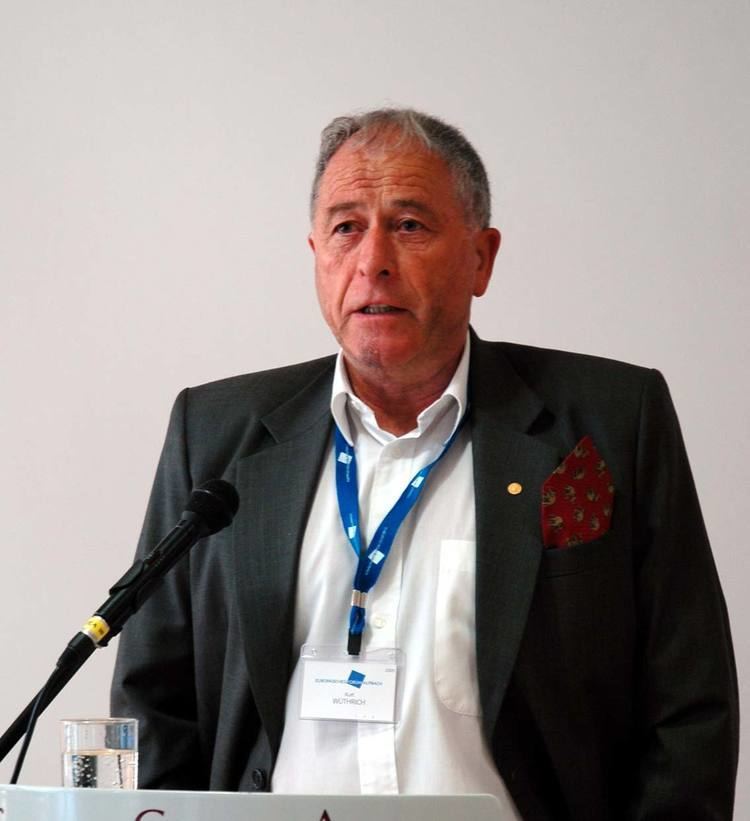
Doubts and criticism kurt w thrich 2002 nobel laureate in chemistry
Education and early life
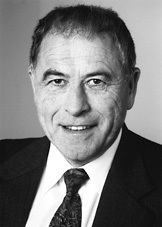
Born in Aarberg, Switzerland, Wüthrich was educated in chemistry, physics, and mathematics at the University of Bern before pursuing his Ph.D. supervised by Silvio Fallab at the University of Basel, awarded in 1964.
Career
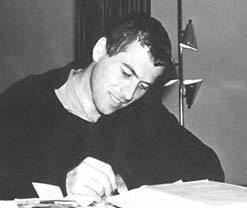
After his PhD, Wüthrich continued postdoctoral research with Fallab for a short time before leaving to work at the University of California, Berkeley for two years from 1965 with Robert E. Connick. That was followed by a stint working with Robert G. Shulman at the Bell Telephone Laboratories in Murray Hill, New Jersey from 1967 to 1969.
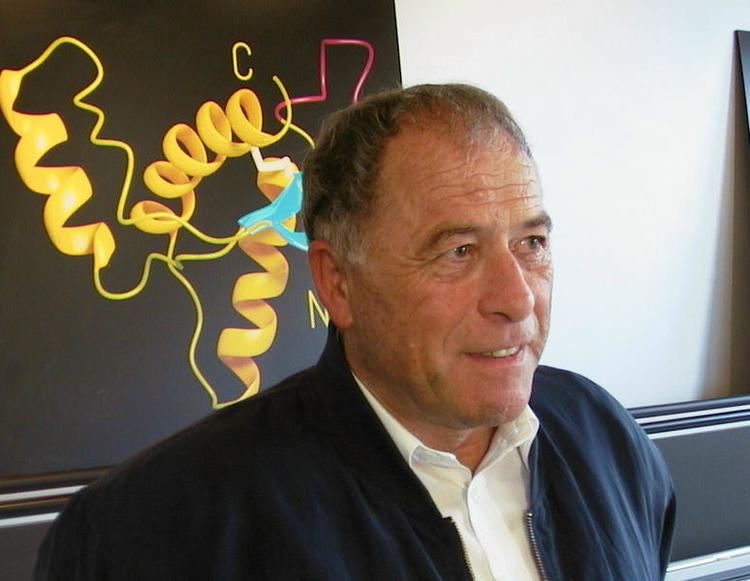
Wüthrich returned to Switzerland, to Zürich, in 1969, where he began his career there at the ETH Zürich, rising to Professor of Biophysics by 1980. He currently maintains a laboratory at the ETH Zürich, at The Scripps Research Institute, in La Jolla, California and at the iHuman Institute of ShanghaiTech University. He has also been a visiting professor at the University of Edinburgh (1997-2000), the Chinese University of Hong Kong (where he was an Honorary Professor) and Yonsei University.
During his graduate studies Wüthrich started out working with electron paramagnetic resonance spectroscopy and the subject of his Ph. D thesis was "the catalytic activity of copper compounds in autoxidation reactions". During his time as a postdoc in Berkeley he began working with the newly developed and related technique of nuclear magnetic resonance spectroscopy to study the hydration of metal complexes. When Wüthrich joined the Bell Labs, he was put in charge of one of the first superconducting NMR spectrometers, and started studying the structure and dynamics of proteins. He has pursued this line of research ever since.
After returning to Switzerland, Wüthrich collaborated with among others nobel laureate Richard R. Ernst on developing the first two-dimensional NMR experiments, and established the nuclear Overhauser effect as a convenient way of measuring distances within proteins. This research later led to the complete assignment of resonances for among others the bovine pancreatic trypsin inhibitor and glucagon.
In October 2010, Wüthrich participated in the USA Science and Engineering Festival's Lunch with a Laureate program where middle and high school students will get to engage in an informal conversation with a Nobel Prize–winning scientist over a brown-bag lunch. Wüthrich is also a member on the USA Science and Engineering Festival's Advisory Board.
Awards and honors
He was awarded the Louisa Gross Horwitz Prize from Columbia University in 1991, the Otto Warburg Medal in 1999 and half of the Nobel Prize in Chemistry in 2002 for "his development of nuclear magnetic resonance spectroscopy for determining the three-dimensional structure of biological macromolecules in solution". He was elected a Foreign Member of the Royal Society (ForMemRS) in 2010.
